“The Gaps in Our Lunar Knowledge Are Enormous": XMC Chief Scientist Dr. Ruby Patterson on Helium-3, and the Future of Lunar Resources

Dr. Ruby Patterson never set out to mine the Moon. Her journey to becoming Chief Science Officer at The Extraterrestrial Mining Company began with a chance encounter at a geology conference in Washington, DC, where an inflatable display of the Moon and Mars drew her in "like a tractor beam," igniting her passion for planetary geology.
Now an International Astronautical Federation Emerging Space Leader, Patterson leads groundbreaking efforts to prospect and harvest lunar helium-3—a potentially revolutionary clean fusion energy source. With XMC planning a 2028 lunar reconnaissance mission, she navigates the intensifying "cislunar theater" where science meets geopolitics. Driven by the recognition that "the gaps in our lunar knowledge are enormous," Patterson's work aims to transform humanity's relationship with space resources while balancing scientific discovery with responsible stewardship.
Your journey began with a love for volcanic landscapes in the Pacific Northwest before taking a geology course at community college. What specific moment or experience transformed your interest in Earth geology into a passion for space exploration and Mars geochemistry?
“I was obsessed with space as a child. A truly transformative experience for me was attending a children’s science camp. My family couldn’t afford to send me to Space Camp, even though I begged and begged. Instead, they sent me to a Science Day Camp where Sally Ride made an appearance. I got to shake her hand, and that was transformational—touching the hand of a woman who’d been to space. Back then, I thought, ‘That would never be me, but it’s so cool that she got to do it.’”

Despite this early inspiration, Patterson didn't consider space a viable career option until she was already in community college, where she had fallen in love with geology: “Very early in my career, when I was still a community college student, I was presenting some really mediocre research that I didn’t even like at a conference, just because I wanted a free trip to Washington, DC,” she says, laughing. “While there, I saw a table with a big inflatable Moon and Mars that drew me in like a tractor beam. I thought, ‘What are these planetary people doing at this Earth conference? I want to be with them.’”
That moment sparked a revelation: “It was this little spark in my brain—of course there are rocks in space, of course there’s geology in space! This was only about ten or eleven years ago, but back then it wasn’t as common to think about planetary geology. It was more of an undercurrent in geology that not many people were aware of.”
Patterson met a woman at that table who became her mentor after Ruby "wouldn't stop asking questions," as she puts it. “She told me, ‘If you’re interested in space rocks, check out these three talks and then come back and ask me questions.’ So I did. Learning about extraterrestrial geology blew my mind: what do you mean there’s karst terrain on other planets in our solar system? All these limestone formations we have in Florida and Texas exist on Titan—except instead of limestone, it’s solidified methane. There’s a methane cycle! Things like that amazed me, and I had to keep learning more.”
Patterson's educational journey was focused on positioning herself to work on space missions: “All my schooling and career moves until about two years ago were about setting myself up to work on space missions. Then, when I finally got to where I was collaborating with the Curiosity rover science team, doing work for the Artemis missions, and doing preliminary scientific support for the Veritas and DaVinci missions to Venus, I realized I wasn’t sure I wanted to keep doing academic research.”
This realization was difficult after building her entire life around this goal: “I didn’t enjoy the research as much as I thought I would, and I kept hearing about these amazing startup companies springing up like weeds in Southern California. It sounded so fast-paced, probably paid better, and was more innovative.”
So Patterson made the jump to consulting for startup companies in Southern California: “They don’t teach you this in school. It was a baptism by fire. I made the leap, then lost my job. It was the hardest season of my life—going through personal changes while finishing my doctorate, publishing, and basically singing for my supper.”
Eventually, she did a small consulting project for a startup called XMC. “We really clicked. They said, ‘Hey, we vibe with you, and you vibe with us. Do you want to join us in-house?’ I said yes, and it made my life so much better in every way. That’s how I became Chief Scientist of XMC, and here we are.”
During your self-funded research expedition to Iceland, you mentioned experiencing an earthquake while sampling a subglacial volcano. How did this challenging fieldwork shape your approach to studying extreme environments on other planetary bodies?
“My time in Iceland shaped who I am as a human being, a woman, and a scientist. It was transformative. Whenever I talk about it, I say it felt like jumping off a cliff and learning how to fly on the way down.”
The expedition was no small feat. Patterson was responsible for every aspect—from planning and securing permits to fundraising, conducting fieldwork, analyzing samples, and ultimately defending her findings: “Even if everything goes perfectly—which of course it never does—you still have to bring all the samples back to the lab, do the analyses, write it all up, create figures, present at conferences, and then defend it in a dissertation. It was massive, and I’m glad I did it, but it’s what people call ‘type two fun’: not always fun in the moment, but fun when you look back after it’s all over,” she says, laughing.
Fieldwork in such a remote environment came with its own set of logistical and cultural challenges: “We were in the Western Volcanic Zone of Iceland, with hardly any roads or Wi-Fi, no cell service, and no hotels nearby. We stayed in a remote lodge, and the host didn’t speak any English. He only spoke Icelandic, and he gave us soup every morning in glass jars because he was thrilled to have NASA scientists around.”
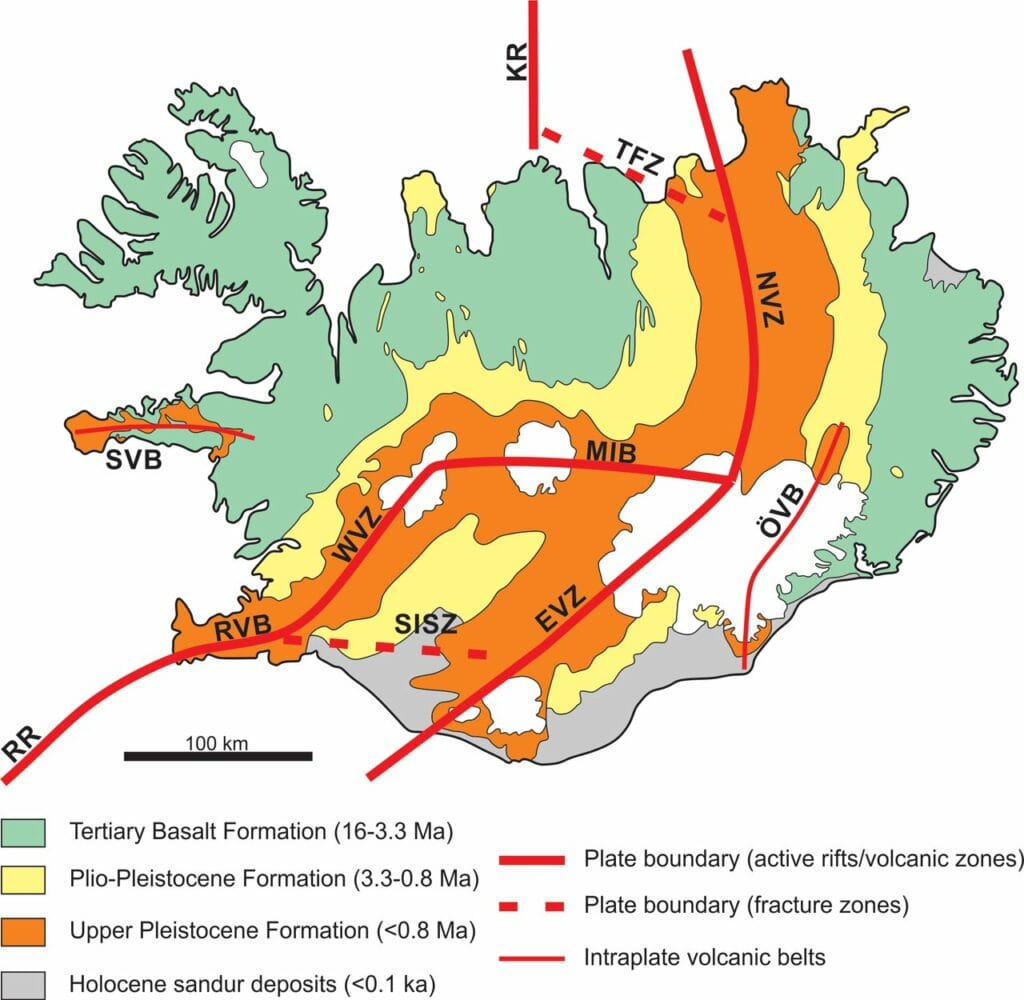
The mission was inspired by a puzzling observation made by the Curiosity rover on Mars: an unexpectedly high concentration of silica polymorphs, minerals typically associated with plate boundary regions on Earth: “This was odd for Mars because there’s no plate tectonics there. We wondered how these minerals even got there. Mars is famously basaltic, very primitive compositionally, so finding signs of evolved volcanism was surprising. But on a rover team, you can’t just turn back to investigate—you have other priorities to consider.”
Their solution was to find an analog site on Earth: “In planetary geology, when data are unclear on a planet like Mars, you find an Earth analog and study that geologic process in the most similar environment we have.”
Their focus was the Prestahnukur volcanic complex, a silica-rich site shaped over millennia by glacial pressure: “This volcano is silica-rich compared to everything around it because a glacier’s overburden pressure held back the eruption for millions of years, allowing the magma chamber to fractionate. Once the glacier retreated enough for that pressure to release, the volcano finally erupted with very evolved materials.”
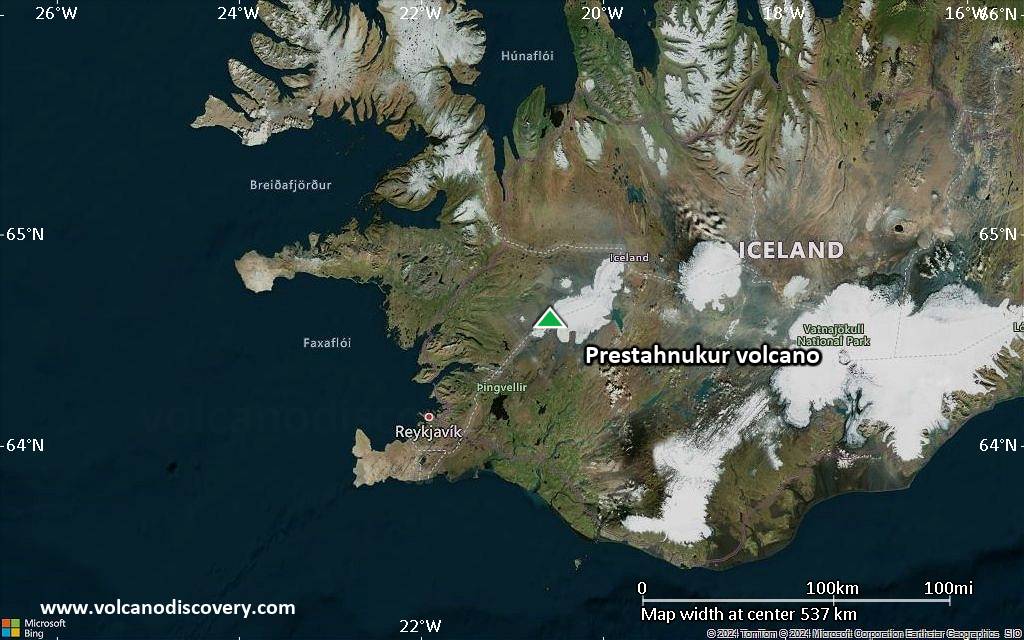
The team arrived in Iceland “with our laser beams, our x-ray guns, and our sample collection trowels,” ready to track geochemical changes in the sediments. “We sampled from as high on the volcano as we could go, down to where the sediment transport ended. Our work actually ruled out some hypotheses about how those silica polymorphs formed on Mars.”
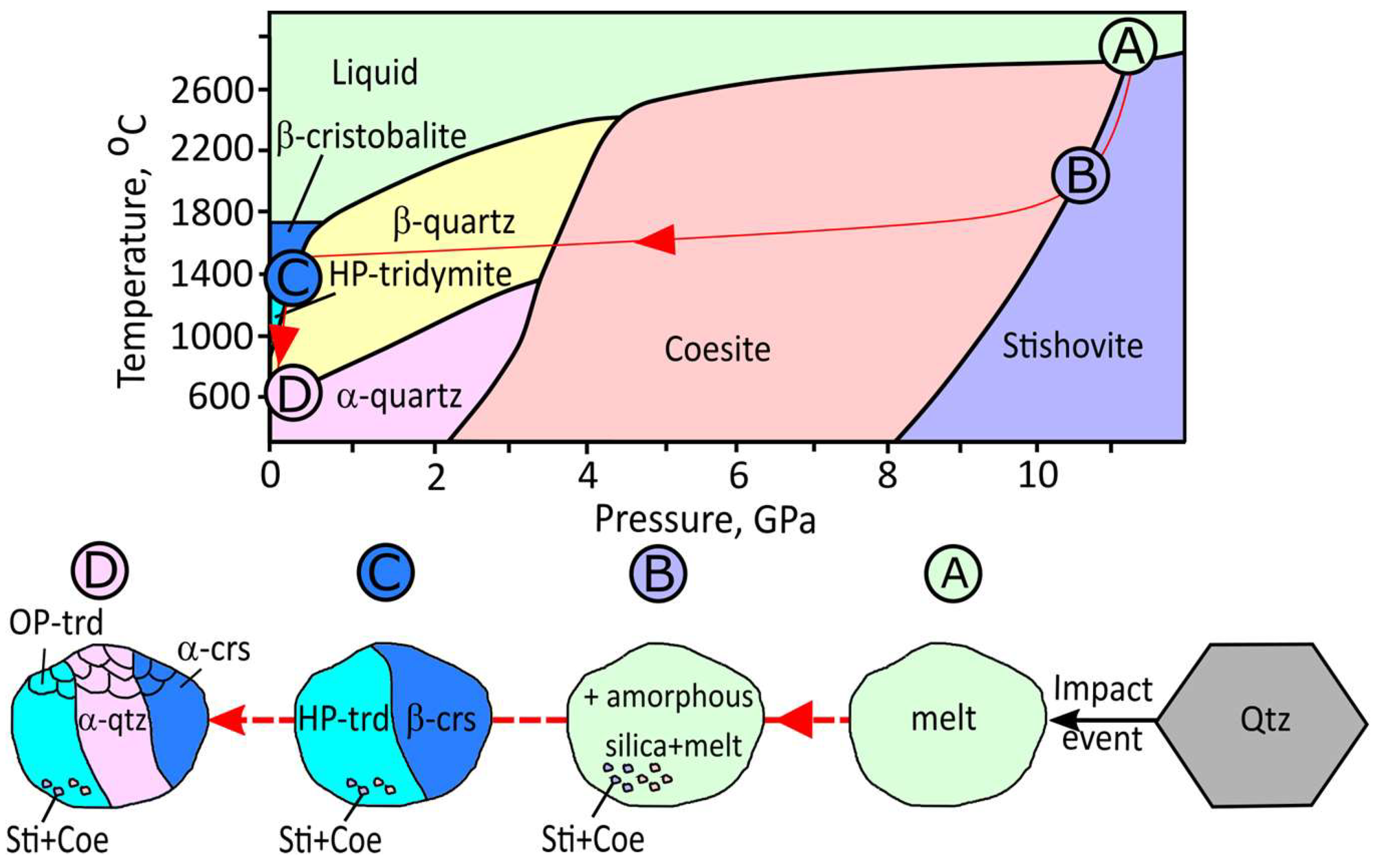
That hands-on experience reshaped how Patterson thinks about planetary fieldwork: "It would be very hard to do field work on the Moon. Even just going to the hill country of Texas, you get something called 'field brain.' Even if you know the field site like the back of your hand—you've been researching it, reading dozens or hundreds of papers, Google Mapping it to death, doing remote sensing analysis, studying DEM models—you still get out there and feel like you're seeing it for the first time."
She explains, "You're like, 'Oh my god, it's so big.' Of course it's so big. 'Oh my god, it's so cold out here.' Of course it's so cold. But your mind in your cozy cubicle or your cozy home doesn't comprehend that ‘X factor’ of actually being out in the field."
That’s why she sees autonomous systems as essential to future lunar missions: "When I think about doing lunar surface operations, I am so grateful that we have autonomous capabilities now in order to perform a lot of the things that we're hoping to perform on the lunar surface."
As Chief Scientist at The Extraterrestrial Mining Company, what specific lunar resources beyond helium-3 do you believe hold the most promise for sustainable space development, and what timeline do you envision for commercial extraction?
“You’re correct that the Moon is rich in resources. It seems strange to say that when there are no trees or flowing water, but the regolith is full of interesting chemical constituents you can use for construction materials and more.”
That said, she emphasizes that only one resource currently makes economic sense to pursue: “It’s a tricky question because right now, helium-3 is really the only lunar resource that makes economic sense to extract and bring back to Earth. Sure, there are rare earth elements and water—plenty of water ice, we believe—but on Earth it’s still cheaper to acquire those.”
Regarding timelines for helium-3 extraction, Patterson notes, “Some helium-3 companies claim they’ll launch in 2027. My company is focused on lunar helium-3 as well, and we’re aiming for an early 2028 launch to do a recon mission, though we haven’t announced that formally.”
As for water ice and other resources, the picture is murkier: “Water ice is in a completely different region of the Moon than where we plan to operate. It really depends on who wants it. There’s no strong economic need for it right now—unless we want to host people on the surface for extended periods, like a research outpost similar to McMurdo Station in Antarctica. Water could be used for radiation shielding or for other structural reasons, but I just don’t see rapid development coming soon, at least not from the United States. The Artemis program is facing delays and budget cuts under the current administration, and although commercial progress is good, no commercial outfit I know of is sending humans to the Moon anytime soon. Low Earth orbit, yes, but not the Moon.”
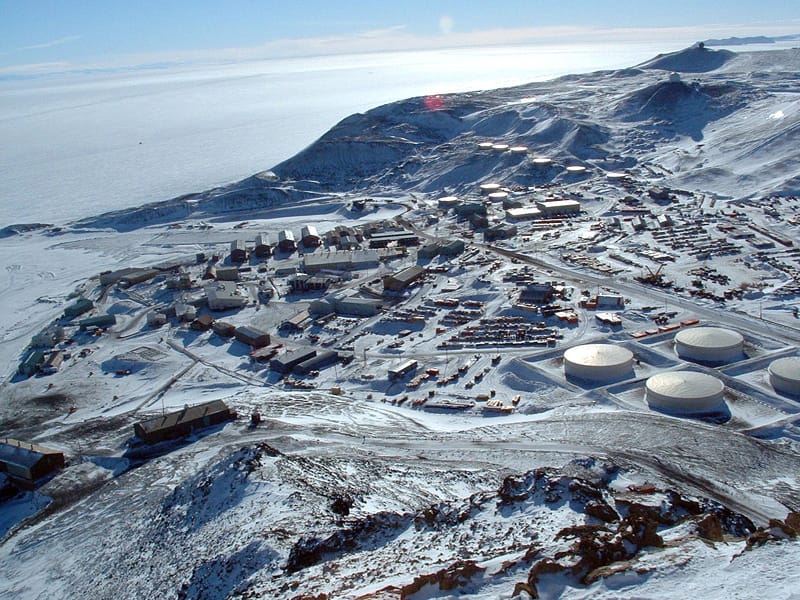
How do you think the space industry can better support diversity and work-life balance for researchers, particularly women?
“It’s well-documented that diverse teams—by gender, career level, educational background, ethnicity, age—find better solutions faster, and they’re more creative. That’s in peer-reviewed studies, not just personal experience.”
She emphasizes the importance of diverse perspectives: “When building a team, you need a wide range of backgrounds to avoid echo chambers and missed insights. It’s dangerous to only hire people similar to you.”
When it comes to women in planetary science specifically, Patterson notes,“There are many women in planetary science, but I don’t think we’re doing enough to elevate them. In space tech, there are far fewer women. Probably most of the top lunar scientists are women, truly, but crossing from academia or government work into industry can be intimidating because it’s still very male-dominated. You don’t know what you’ll face on the other side.”
She shares from personal experience: “You often have to step into a more traditionally masculine persona to gain respect at first, which I wish wasn’t true, but I’ve found it to be the case. My mission is to ‘play the game, win the game, and then break the game’—and bring more women in. Anytime a young woman messages me on Instagram or LinkedIn, I respond because she might be in the same situation I was, feeling afraid.”
She concludes, “I want more women, people of color, and diverse backgrounds around me, because that’s how we get the most creative outcomes.”
Your experience at the Mars Desert Research Station in September 2024 involved testing rover prototypes. Based on this fieldwork, what critical capabilities do you believe future sample collection rovers need that current designs might be overlooking?
“I think there’s a fundamental misunderstanding of how limited our current knowledge of lunar science really is. The gaps are enormous.”
She elaborates with a key example: “We know there’s water ice in Cabeus Crater on the Moon because we’ve physically measured it. But beyond that, we’ve never collected a physical sample from any other location that confirms the presence of water. Every other detection has been made remotely or from orbit—those are educated guesses, not ground-truth, physically verified findings. That’s an important distinction to keep in mind.”
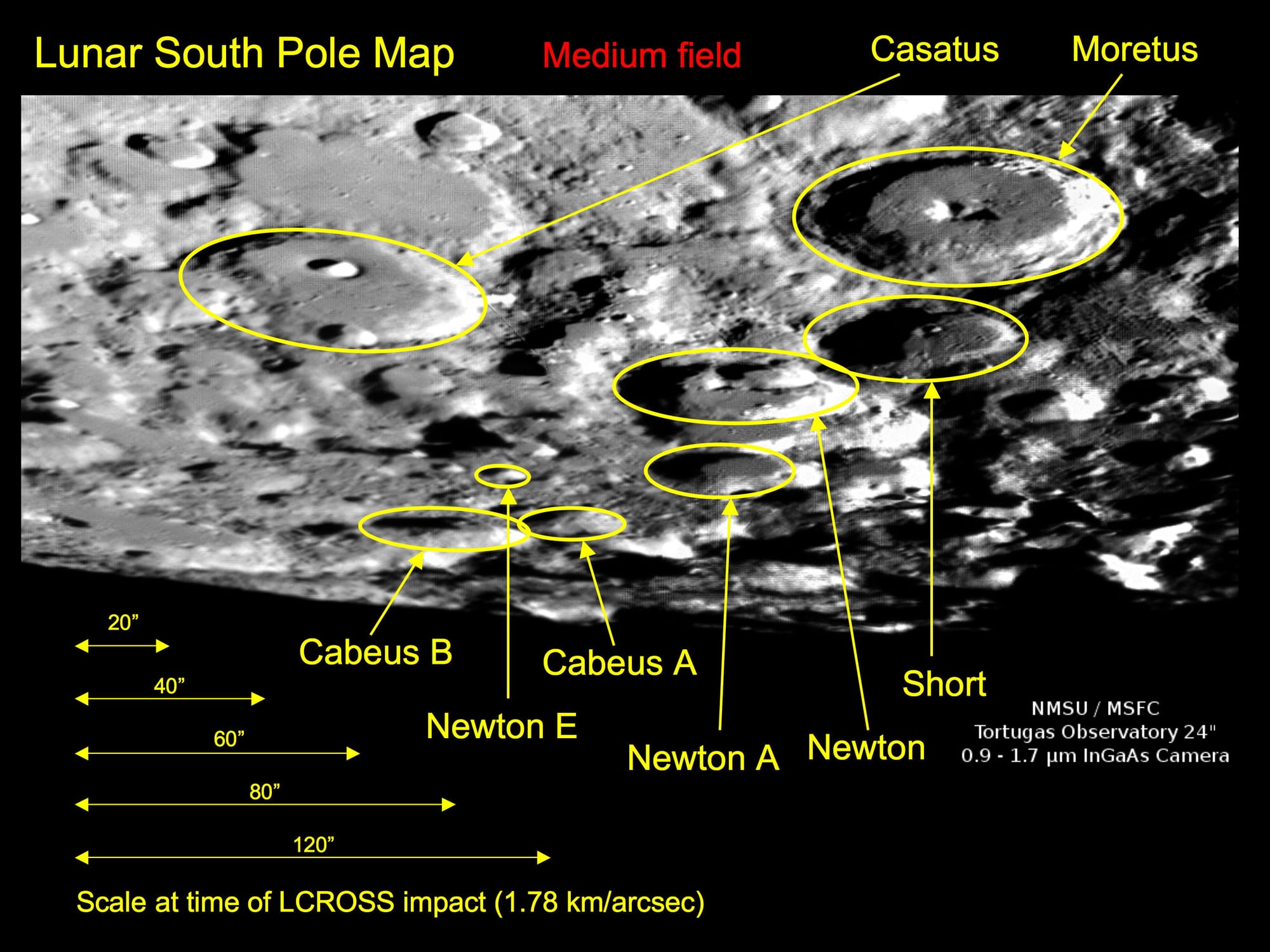
This leaves many unanswered questions about lunar water: “We still don’t understand the nature of lunar water. How abundant is it? Is it adhered to grains? Is it locked between them? Is it a solid, competent layer at the base of certain craters? How does it move or break apart? And what about contamination—how much sulfur is mixed in? Cyanide compounds? These are the things we just don’t know.”
These questions have practical implications: “These are critical details when it comes to thinking about how we might actually use lunar water ice. Sulfur, for example, is infamous in geochemistry for adhering to the inside of mass spectrometers. It’s what we call a sticky element—it tends to mess things up. So if we were to melt lunar ice and analyze its chemistry, we’d face the same complications we deal with on Earth—except now, we’d be doing it on the Moon.”
According to Patterson, what we need most urgently is subsurface insight: “We need to better understand what’s beneath the lunar surface. Ground-penetrating radar is essential. Right now, our radar can only reach a couple meters deep, and even then, it’s patchy. We have very little comprehensive knowledge of the deep lunar subsurface.”
She stresses that better imaging could unlock both scientific and commercial breakthroughs: “We need higher-resolution subsurface imagery—not just for the sake of understanding billions of years of lunar geology, but also to guide commercial exploration and resource harvesting, whether it’s water ice or regolith layers that are thought to be rich in helium-3.”
Patterson also reflects on what was lost when NASA’s VIPER (Volatiles Investigating Polar Exploration Rover) mission was canceled: “It was a tragedy. The science we could’ve gained from a rover like VIPER—or ideally, a fleet of them—would’ve been massive. We could’ve deployed geophysical observation arrays across wide areas. That data wouldn’t just benefit commercial mining; it would move lunar science forward in a huge way.”
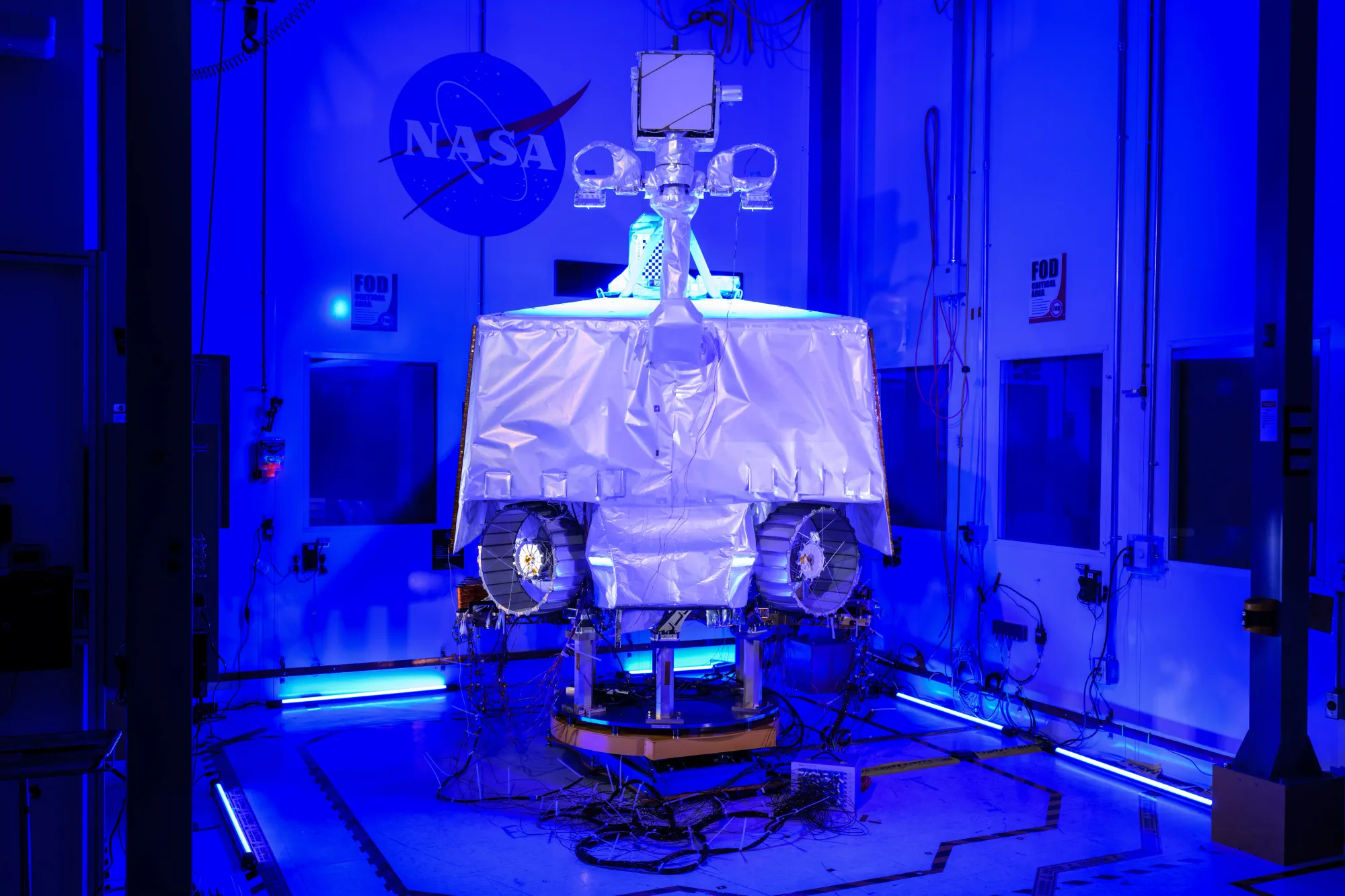
So why do missions like this get cut? The answer, she says, is both familiar and frustrating: “It comes down to politics and budgets. VIPER was incredibly expensive and took a long time to develop. It was a top-tier rover with a phenomenal team behind it. They had the mission control center built, environmental testing complete—everything was ready. It just needed to launch. And it would’ve worked. But it was just too expensive.”
To move forward, she urges a mindset shift: “We need to look at cheaper, more agile ways to get the job done. If there are teams out there with instruments that are maybe not perfect—but good enough to get started—that’s what we should prioritize. Perfection is the enemy of progress. The space industry has to keep that in mind. Let’s keep moving forward, because any progress benefits everyone. The data is still so sparse, so limited, and so hard to come by.”
How has the emergence of space power as a distinct element of national power reshaped geopolitical competition in the 21st century, particularly in the context of the growing rivalry between the United States, China, and Russia in lunar exploration and resource utilization?
“That’s such a deep and difficult question to answer. But you’re absolutely right—space is now being recognized as a domain of warfare. It’s considered the fifth domain, alongside land, sea, air, and cyber.”
She points to institutional evidence of this shift: “Nations now view space capabilities not just through the lens of scientific achievement, but as a core component of national security infrastructure. Case in point: the creation of the U.S. Space Force. And similar organizations exist in Russia and China as well.”
Patterson notes this marks a significant departure from how space was once governed: “We’re witnessing a revolution in space governance. The original Outer Space Treaty framework was built on the assumption of large-scale cooperation, especially scientific collaboration. But the reality today is very different. We’re seeing more militarization and real competition over lunar resources—which is creating a major governance gap. Nations are now scrambling to fill that gap with their own, often conflicting, frameworks.”
International bodies are trying to keep pace: “There are organizations like the UN’s Committee for the Peaceful Use of Outer Space, which includes legal subcommittees entirely focused on addressing this governance challenge. They’re meeting in Vienna this spring, and I’ll actually be there, speaking alongside some of my colleagues.”
As for the specific dynamic between the U.S., China, and Russia, Patterson sees echoes of past terrestrial rivalries—with key differences: “What we’re seeing is very much a modern parallel to earlier geopolitical competitions on Earth, but with even higher stakes. The lunar competition is about both prestige and practical resource access.”
She notes that attention is especially focused on one part of the Moon: "The south pole of the Moon, because it has all those potential water ice resources that we were talking about, has become incredibly contentious. Programs like Artemis are fighting for prime real estate with China's space agency."
The implications, she says, are sobering: “It’s wild to say out loud, but we’re now talking about the possibility of war in a lunar theater—just like the ‘Pacific theater of war’ in past conflicts. That’s a terrifying concept, but it’s not science fiction. The cislunar theater of war is real. And this ongoing competition is placing real strain on international relations.”
She closes with a strong argument for unity over rivalry: “That’s why agreements like the Artemis Accords matter. They’re not just about science—they’re about alliance-building. Space cooperation has become another dimension of managing global partnerships. It might sound made-up or sci-fi, but it’s very real.”
About Ruby Patterson
Dr. Ruby V. Patterson serves as Chief Science Officer at The Extraterrestrial Mining Company (XMC), where she leads groundbreaking initiatives in lunar helium-3 mining operations. Recently honored as the 2024 Emerging Space Leader by the International Astronautical Federation, Dr. Patterson brings a unique combination of academic excellence and practical expertise to the emerging field of space resource utilization.
After completing her Bachelor of Science in Geology from the University of Texas at San Antonio in 2018 and Master of Science from the University of Arkansas in 2020, Dr. Patterson earned her Ph.D. in Geology from the University of Houston in 2024. Her rapid ascent in the field of planetary geology began at NASA’s Johnson Space Center, where she served as a Mars Geochemist. In this role, she made significant contributions to ongoing Mars science operations as a collaborator with the Curiosity rover science team, while simultaneously advancing lunar exploration through the development and testing of lunar regolith simulants.
Dr. Patterson’s research has fundamentally shaped our approach to lunar exploration. Her publication “Lithologies and Chronologic Opportunities of Materials to Be Returned From the Artemis Exploration Zone” established the framework that currently guides the Artemis III geology team’s strategic planning for sample return from the South Pole Aitken Basin. She has further expanded our understanding of planetary geology through her leadership of an all-female research expedition to Iceland’s Western Volcanic Zone, where her team investigated silica generation and preservation in basaltic environments – research that has direct implications for interpreting robotic geological data from Mars.
In her role as a space industry consultant in the Greater Los Angeles area, Dr. Patterson advised numerous startup companies on lunar surface conditions and authored comprehensive industry reports for her clients. She later served as the United States Lead of Research and Development for the Iceland Space Agency, where she fostered international collaboration in space exploration and extreme environmental analog studies.
Her commitment to advancing space exploration extends to policy advocacy, where she has engaged with members of Congress on Capitol Hill to advocate for increased NASA funding, particularly for critical missions like the VIPER rover.
Currently, at The Extraterrestrial Mining Company, Dr. Patterson is spearheading the prospecting and resource assessment efforts of helium-3 from lunar regolith, work that will revolutionize energy production and the quantum computing industry on Earth. Her leadership extends beyond her technical roles: she is a board member of the International Lunar Resource Prospecting Consortium and serves as founder and chair of an all-female mastermind group dedicated to advancing women in the space industry.
For more information, reach out to Ruby at ruby.patterson@xmcspace.com
LinkedIn: https://www.linkedin.com/in/rubypatterson/
Website: https://www.xmcspace.com/
Get exclusive insights from our network of NASA veterans, DARPA program managers, and space industry pioneers. Weekly. No jargon.

